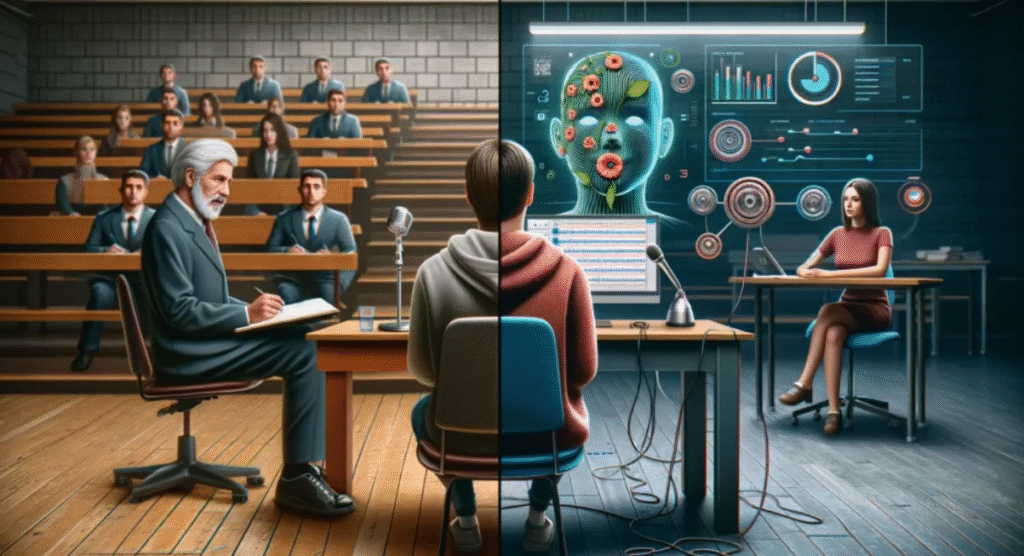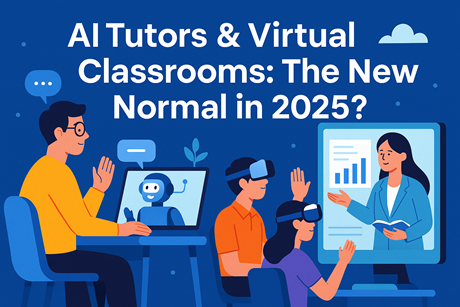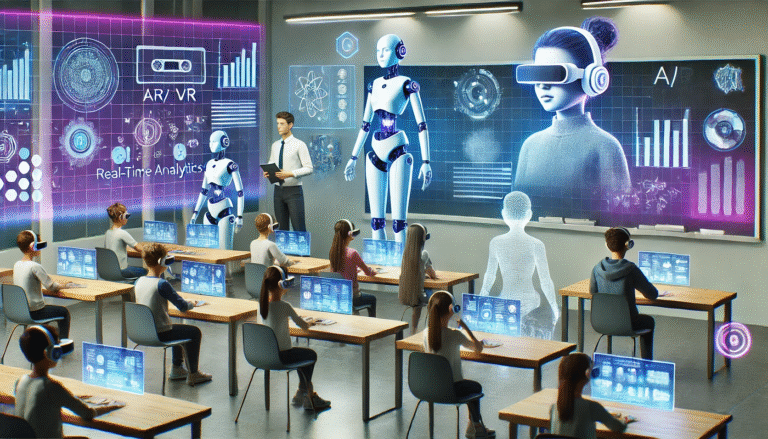Introduction
Remember when remote learning was just a temporary fix during the pandemic? Fast forward to 2025, and digital education has evolved into a hybrid powerhouse—driven largely by artificial intelligence and virtual reality. But is this the future we imagined, or something even more powerful?
AI Tutors: More Than Just a Trend
AI-driven learning platforms like Khanmigo (by Khan Academy), Google’s Gemini for Education, and ChatGPT Edu Edition are now integrated into thousands of schools. These AI tutors personalize learning, detect student weaknesses, and offer one-on-one sessions—something even the best classrooms struggle to provide.
Pros:
24/7 learning support
Custom-tailored lesson plans
Real-time feedback
Concerns:
Teacher-student connection loss
Data privacy risks
Overdependence on automation
Virtual Reality Classrooms Are Here
With Meta, Apple, and other players investing heavily in education-focused VR hardware, virtual campuses are going mainstream. Students now “walk” into 3D classrooms, conduct science experiments in simulated labs, and even attend virtual university fairs from home.
Quick Stat:
According to a 2025 EdTech Trends report, 37% of US schools now offer at least one VR-based subject experience.
Image credit: medium.com
The Human Element Still Matters
While AI and VR are amazing tools, educators remind us: empathy, critical thinking, and mentorship can’t be coded. Blended learning models—where teachers and tech collaborate—are proving most effective.

Image Credit: eklavvya.com
Conclusion
AI and virtual classrooms aren’t replacing traditional education—they’re reinventing it. As long as we stay thoughtful about how we integrate them, the future of learning looks incredibly bright.


